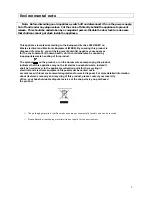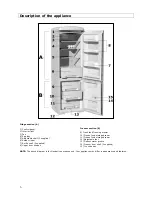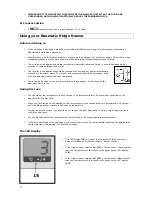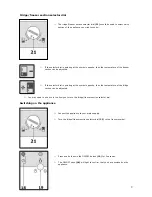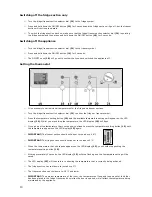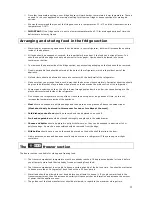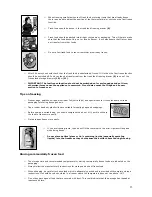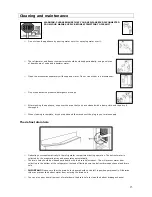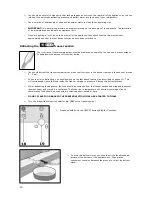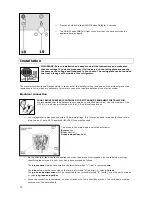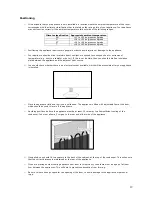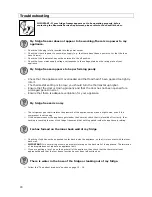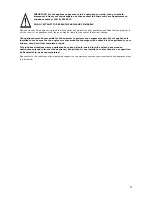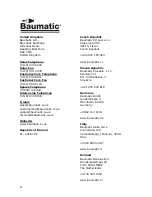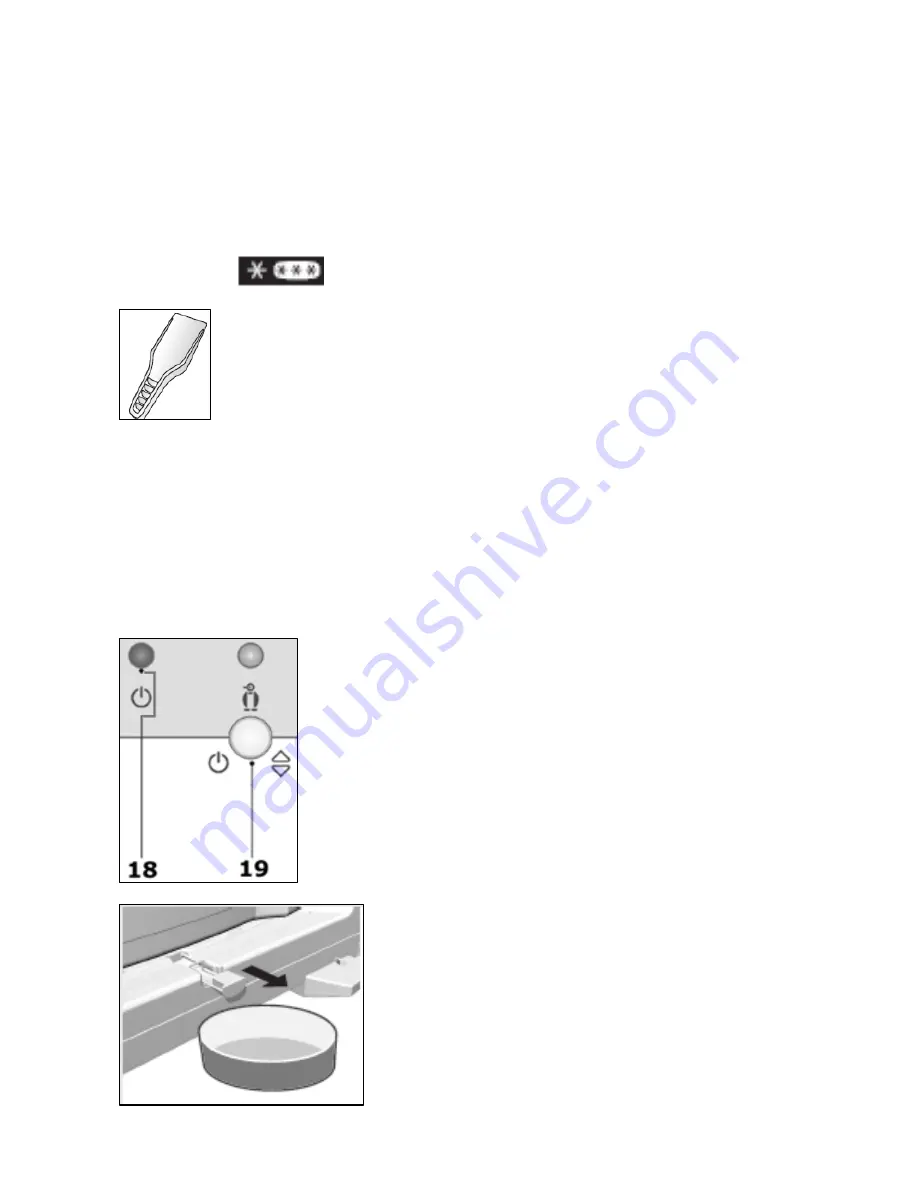
o
You should be careful to make sure that food packages do not touch the rear wall of the appliance, as this can
interrupt the automatic defrosting process and deflect water into the base of your refrigerator.
o
Use a solution of bicarbonate of soda and lukewarm water to clean the evaporating tray.
o
IMPORTANT: It is normal to get some ice droplets forming on the back wall of the appliance. The formation
of ice droplets does not indicate an appliance fault.
o
If you are getting a lot of ice on the back wall of the appliance, then check that the thermostat is set
appropriately and that the fast freeze function has not been switched on.
Defrosting the
freezer section
The frost in the freezer compartment should be removed periodically. You can use a plastic scraper
to keep down the amount of frost that builds.
o
You should defrost the freezer compartment, when the frost layer in the freezer reaches a thickness of around
3 – 5 mm.
o
24 hours prior to defrosting, you should switch on the fast freeze function (as described on pages 12). This
will continuously freeze the food inside the freezer, helping to preserve it during the defrost process.
o
Whilst defrosting the appliance, the food should be removed from the freezer section and wrapped in several
layers of paper and stored in a cool place. The foods rise in temperature will shorten its storage life and
therefore the food should be used within a relatively short period of time.
o
DO NOT PLACE FOOD BACK IN THE FREEZER SECTION THAT HAS STARTED TO THAW.
o
Turn the fridge/freezer section selector dial (21) to the freezer symbol.
o
Press and hold down the ON/OFF button (19) for 3 seconds.
o
To drain the defrost water; you should pull the funnel shaped
groove at the bottom of the appliance out. Then place a
convenient vessel underneath the groove to collect the defrost
water.
16
Summary of Contents for RETRO14BL
Page 23: ...23...


